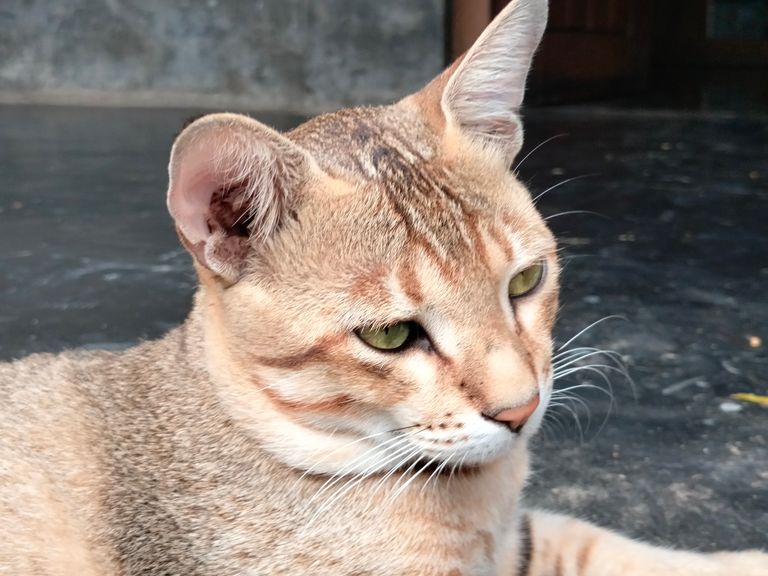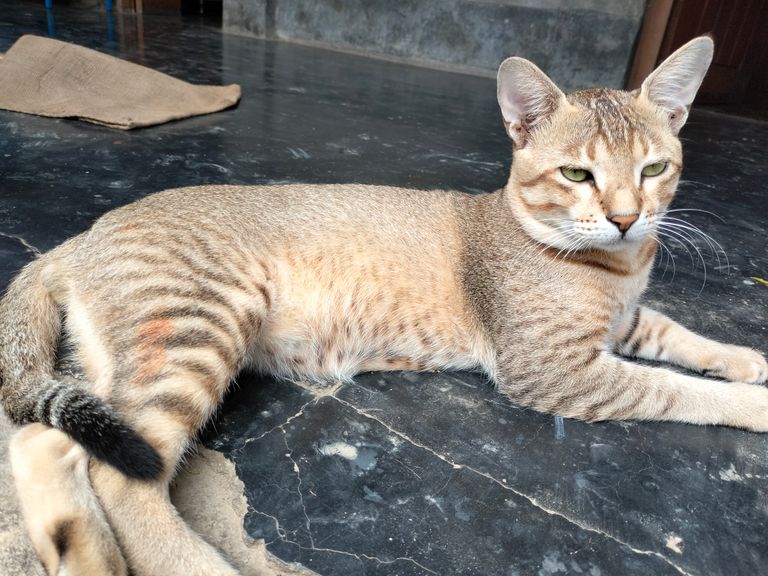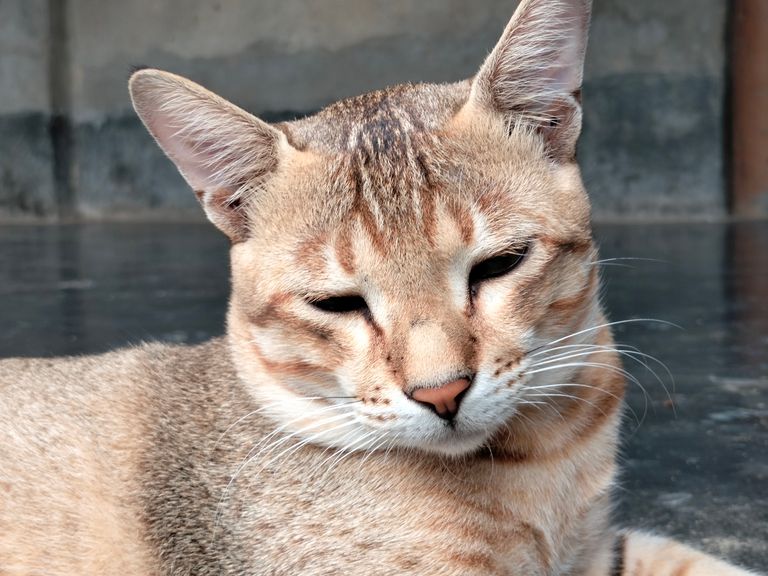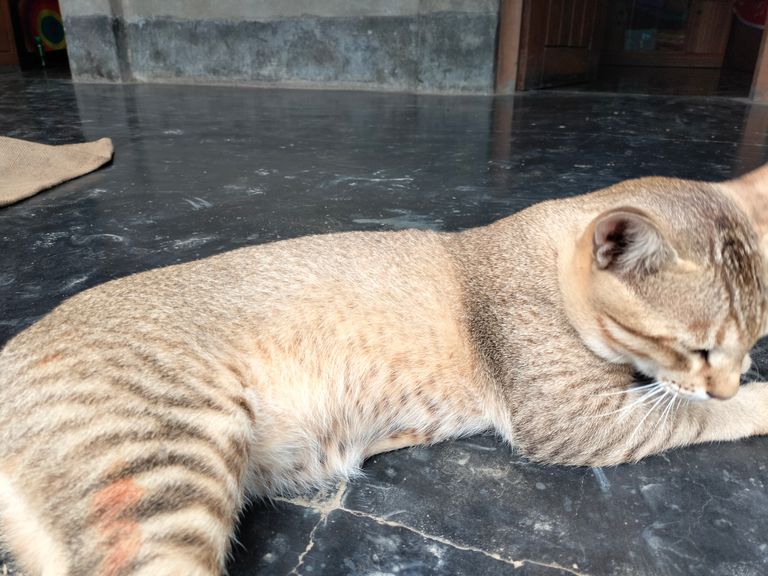Friends of my blurt space Community
I'm @rex-kibreay from Bangladesh

Cats are anatomically similar to other felid species: they have strong flexible bodies, quick reflexes, sharp teeth and retractable claws adapted for killing small prey. Their vision and sense of smell are well developed at night. Cat communication includes a variety of vocalizations such as meowing, purring, trilling, hissing, growling, and grunting, as well as cat-specific body language. Although cats are a social species, they are solitary predators. As a predator, it is crepuscular, i.e. most active at dawn and dusk. It can hear frequencies too faint or too high for the human ear, such as sounds made by rodents and other small mammals. They can secrete and sense pheromones. Female domestic cats can have kittens from spring to late fall, with litter sizes often ranging from two to five kittens. Domestic cats are bred and shown as registered pedigree cats in various countries, a cat lover's hobby known as a hobby. Cat populations can be controlled artificially by spaying and neutering, but their spread and pet abandonment have resulted in large numbers of feral cats worldwide, contributing to the extinction of entire bird, mammal and reptile species.

Feline skulls are unusual among mammals in having very large eye sockets and a powerful specialized jaw. Cats have sharp teeth in their jaws for killing prey and tearing flesh. To overpower the prey, the cat usually makes a fatal bite on the neck of the prey with its two long canine teeth, inserting the two canines into the victim's vertebrae and severing the spinal cord, causing irreversible paralysis and death. Compared to other cats, domestic cats have canine teeth that are narrowly spaced relative to their jaw size, adapted to their preferred small vertebrate prey.

Cats have long and elongated claws. In their normal, relaxed position, the claws are covered with skin and fur around the toe pads. This fur keeps the claws sharp by preventing contact with the ground and facilitates silent movement while hunting. The front claws are usually sharper than the hind feet. Cats can voluntarily extend their claws on one or more paws. They can extend their claws for extra traction in hunting or defense, climbing, crushing or soft surfaces. Cats shed the outer layer of their claws when they scratch rough surfaces.

During domestication, cats undergo slight changes in anatomy and behavior, although they still retain the ability to survive in the wild. Several natural behaviors and traits of wild cats may have been pre-adapted to their domestication as pets. These characteristics include their small size, social nature, clear body language, love of play and high intelligence. Captive leopard cats can also display affectionate behavior towards humans but have not been domesticated. Domestic cats often interbreed with wild cats. Hybridization between domestic and other feline species is also possible, producing hybrids such as the Kellas cat in Scotland.
I humbly request to team members @saboin @blurtbooster @megadrive @nabeeel @angelica7 @zahid if you help our community. We can eliminate unemployment in our area and around the world. Unemployment youth can be brought back to work online. Finally I want to say that you all help us hope we can make the platform more popular. My greetings and congratulations to all.
My best wishes and congratulations to all the users who will visit this post of mine today.
Join Our Community blurt space


I am Md. Kibria Hossain. I live in Kamarkhali village of Gangni Thana, Meherpur District, Khulna Division, Bangladesh. My best wishes and congratulations to you all. I will try my best to take the Blurt platform to greater heights in the future. I am currently a 12th standard student. My mother tongue is Bengali. I love to speak and write in Bengali. Most of all I like to do photography. I spend most of my time traveling around. Among few hobbies my main hobby is traveling to different places. In brief I have shared my identity with you. Everyone pray for me. I wish you all the best.